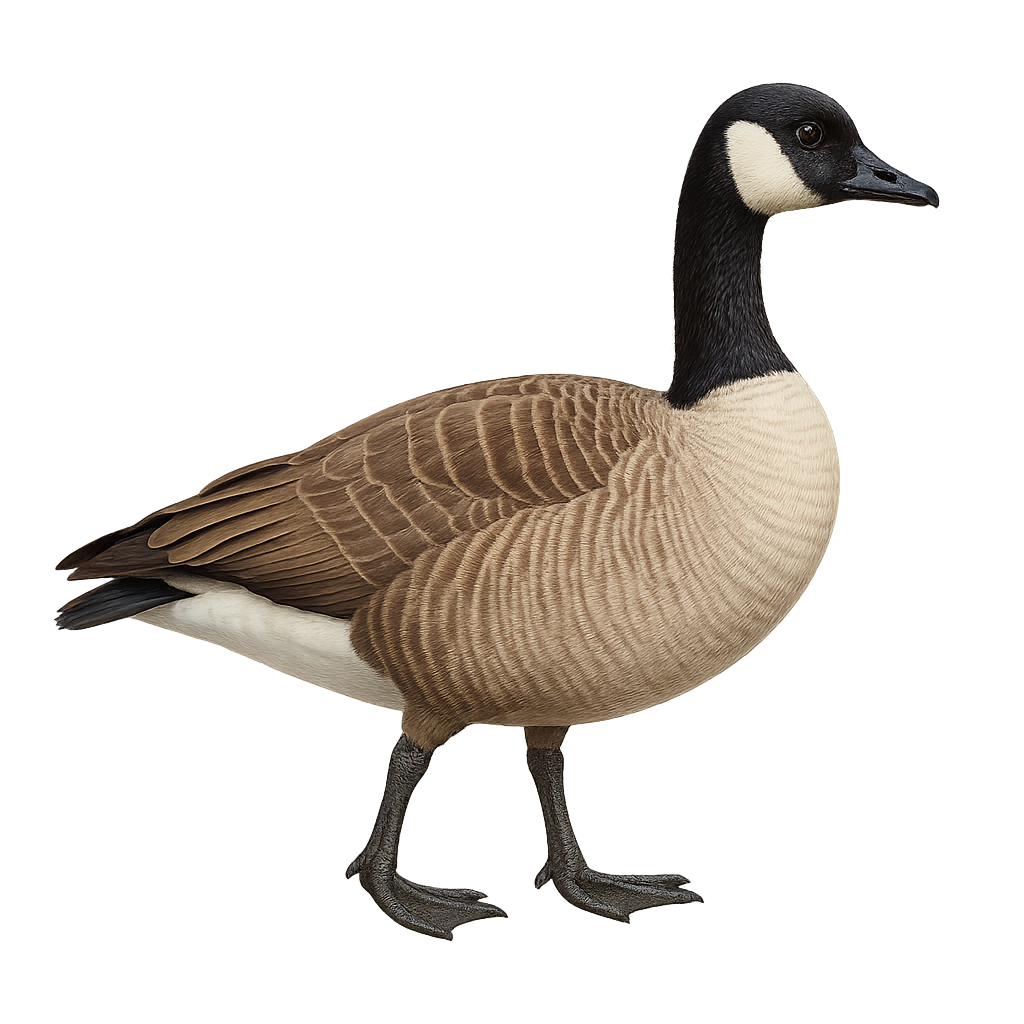Your wildlife photography guide.
Explore the cackling goose in detail, study its behavior, prepare your shots.
Where to observe and photograph the cackling goose in the wild
Learn where and when to spot the cackling goose in the wild, how to identify the species based on distinctive features, and what natural environments it inhabits. The WildlifePhotographer app offers tailored photography tips that reflect the cackling goose’s behavior, helping you capture better wildlife images. Explore the full species profile for key information including description, habitat, active periods, and approach techniques.
Cackling Goose
Scientific name: Branta hutchinsii

IUCN Status: Least Concern
Family: ANATIDAE
Group: Birds
Sensitivity to human approach: Suspicious
Minimum approach distance: 10 m
Courtship display: May to July
Incubation: 24-26 jours
Hatchings: June to August
Habitat:
Wetlands, lakes, rivers
Activity period :
Primarily active during the day, with peak activity in the morning and late afternoon.
Identification and description:
The Cackling Goose, or Branta hutchinsii, is a medium-sized waterfowl belonging to the Anatidae family. Often mistaken for the Canada Goose due to their similar appearance, it is generally smaller with a shorter bill. Its plumage is primarily gray-brown with a distinctive black head and neck, featuring a white chinstrap. It primarily inhabits wetlands, lakes, and rivers, feeding on aquatic plants, seeds, and insects. A migratory bird, it travels long distances between its breeding grounds in Alaska and Canada and its wintering areas in the United States. Although generally wary, it can become accustomed to human presence in protected areas.
Recommended lens:
400mm – adjust based on distance, desired framing (portrait or habitat), and approach conditions.
Photography tips:
To photograph the Cackling Goose, it is advisable to use a telephoto lens of at least 400mm to capture detailed images without disturbing the bird. Opt for early morning or late afternoon hours to benefit from soft lighting and avoid harsh shadows. Be patient and discreet, approaching slowly to avoid startling it. Wetlands often offer beautiful shooting opportunities, with interesting reflections on the water. Remember to adjust your shutter speed to freeze the motion, especially if the bird is in flight.
The WildlifePhotographer App is coming soon!
Be the first to explore the best nature spots, track rutting seasons, log your observations, and observe more wildlife.
Already 1 431 wildlife lovers subscribed worldwide

